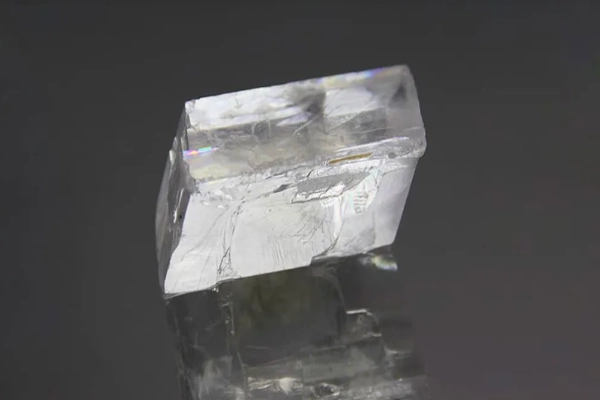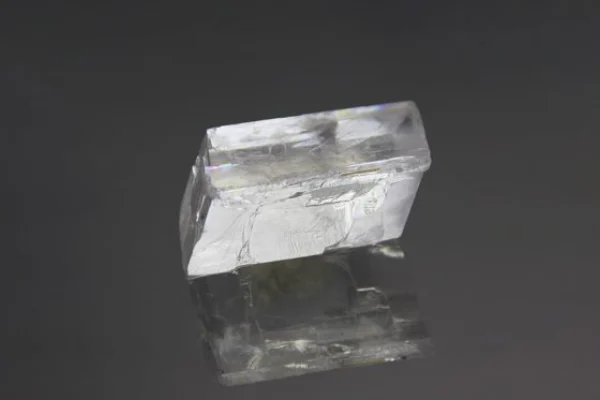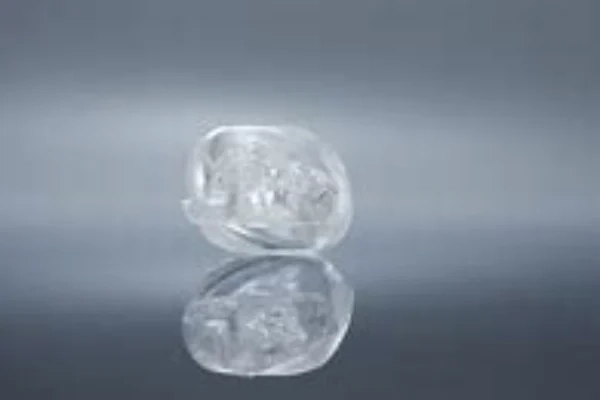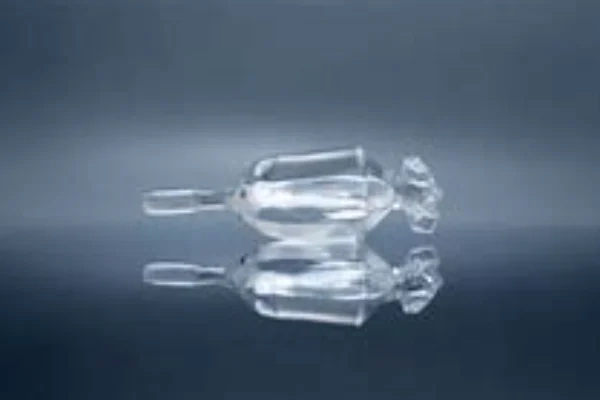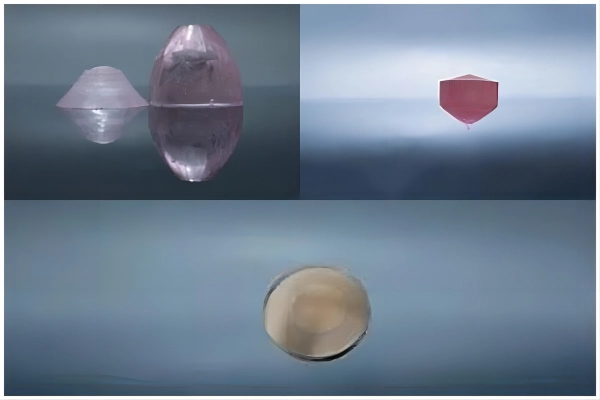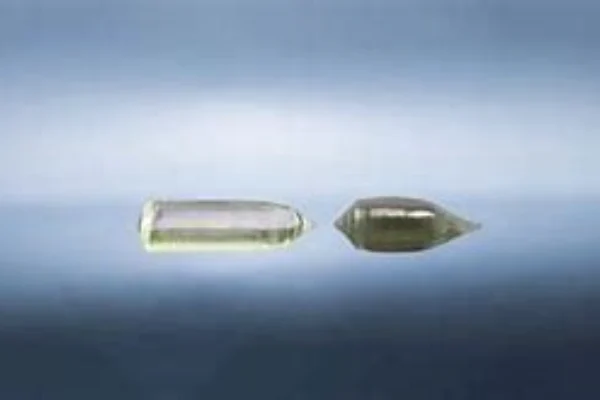From the Deep UV to the Far IR: Broadly Tunable Solid-State Lasers
Introduction to Tunable Solid-State Lasers In today’s fast-paced world of photonics, tunable solid-state lasers stand as an epitome of adaptability. These lasers, designed to operate over a vast range of wavelengths, have emerged as indispensable tools across diverse scientific disciplines. Harmonizing the Spectrum: The Revolution of Tunable Lasers from Deep UV to Far IR The realm of the electromagnetic spectrum is vast, stretching from the deep ultraviolet (UV) to the far-infrared (IR). Each segment of this spectrum has its unique properties and applications, opening up diverse avenues in both research and practical applications. Within this spectrum, tunable lasers have emerged …
From the Deep UV to the Far IR: Broadly Tunable Solid-State Lasers Read More »

